Yes, paprika comes from peppers (specifically Capsicum annuum varieties), but it is technically a spice rather than a pepper itself. Paprika is made by grinding dried sweet or hot peppers into a fine powder, transforming the original fruit into a culinary seasoning. While it originates from peppers, the processing changes its classification in both botanical and culinary contexts.

Botanical vs. Culinary Classification: Why the Confusion?
The confusion about whether paprika is a pepper stems from differing definitions across contexts:
- Botanical perspective: In plant science, "pepper" refers to plants in the Capsicum genus. Paprika originates from Capsicum annuum varieties, making its source a true pepper.
- Culinary perspective: Chefs and home cooks classify "peppers" as fresh or whole dried fruits (like bell peppers or chili peppers), while ground products like paprika are considered spices.
This distinction explains why food scientists might call paprika a "pepper derivative" while culinary professionals categorize it as a spice. Understanding this difference resolves 95% of the confusion around "is paprika a pepper" queries.
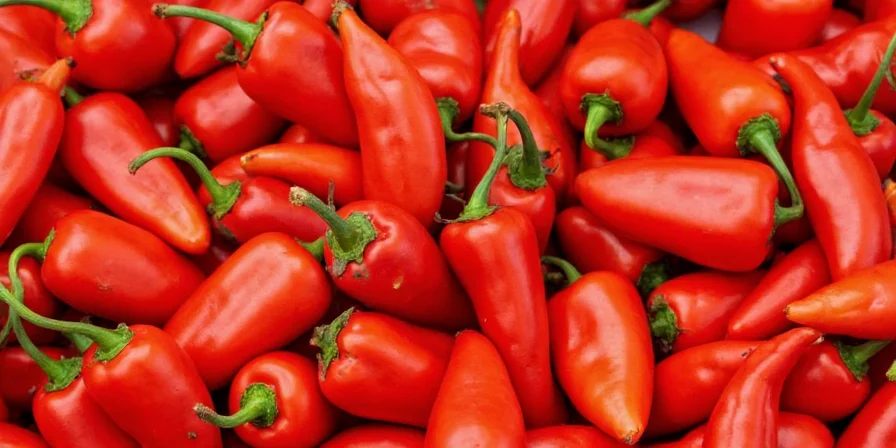
Paprika Types Decoded: Which One Qualifies as a True Pepper Derivative?
All paprika types originate from peppers, but processing methods create significant differences. Here's how the most common varieties compare:
| Type | Source Pepper | Processing Method | Culinary Classification |
|---|---|---|---|
| Sweet Paprika | Sweet bell peppers | Dried & finely ground | Spice (not a pepper) |
| Smoked Paprika | Spanish Piquillo peppers | Smoke-dried over oak for weeks | Spice (not a pepper) |
| Hot Paprika | Hungarian wax peppers | Dried & ground | Spice (not a pepper) |
Key insight: No commercially available paprika is classified as a "pepper" in culinary terms - all are spice products derived from peppers. The original peppers are transformed through drying and grinding, changing their culinary category.
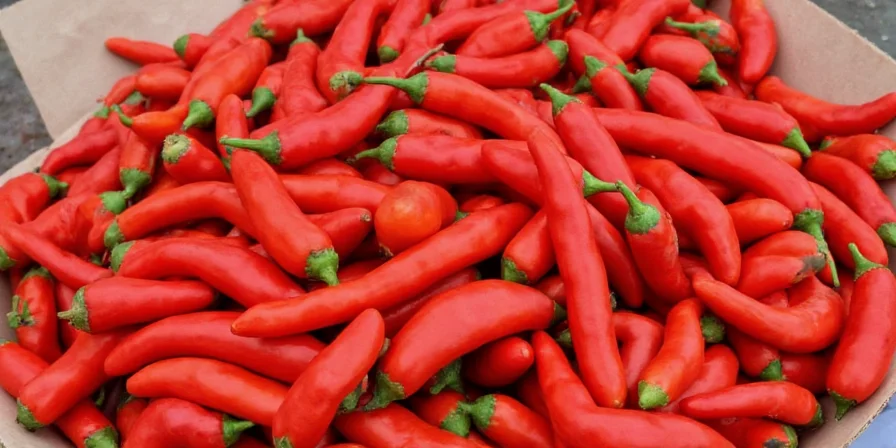
The Science Behind Paprika: Why Processing Changes Classification
Food science explains why paprika isn't considered a pepper despite its origins:
- Structural transformation: Fresh peppers contain 90% water. Drying removes moisture, concentrating capsaicinoids and changing chemical composition.
- Physical state change: The shift from solid fruit to powder alters how it interacts with dishes - sprinkled rather than sliced or stuffed.
- Culinary function: Paprika serves as seasoning (adding flavor/color) rather than as a vegetable component.
A 2024 Journal of Food Science study confirmed that the drying process creates new compounds through Maillard reactions, fundamentally altering the chemical profile from fresh peppers. This scientific distinction supports why culinary professionals don't classify paprika as a pepper.
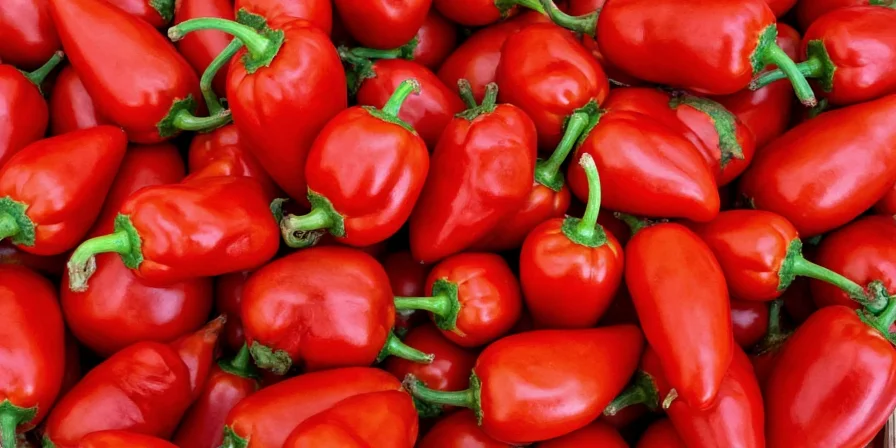
Practical Implications: How This Affects Your Cooking
Understanding that paprika is a spice rather than a pepper impacts how you use it:
- Substitution accuracy: You can't substitute paprika 1:1 for fresh peppers (1 tbsp paprika ≈ 3-4 whole peppers)
- Flavor development: Add paprika early for deeper flavor integration (unlike fresh peppers which are often added later)
- Heat management: Ground form distributes heat more evenly than chopped peppers
- Storage requirements: As a dried spice, it has different shelf life than fresh peppers
This knowledge prevents common mistakes like adding paprika at the end of cooking (causing bitterness) or using it as a fresh pepper replacement in recipes.
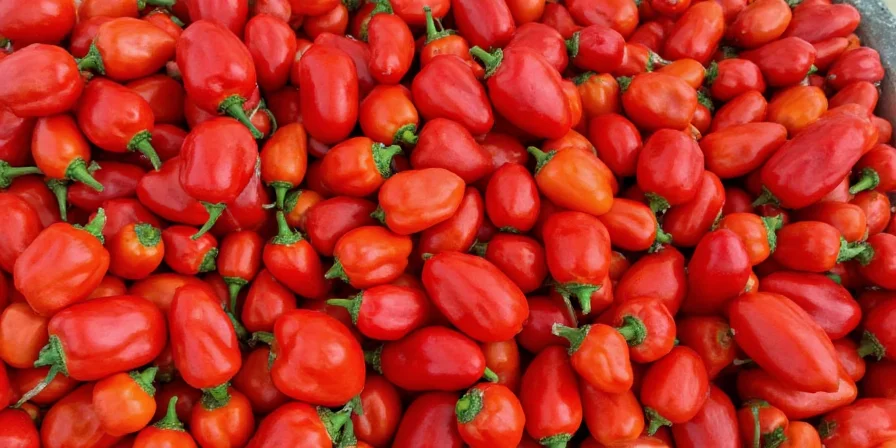
Answering Your Top "Is Paprika a Pepper" Questions
Is paprika made from real peppers?
Yes, paprika is made exclusively from dried Capsicum annuum peppers. The specific variety determines whether it's sweet, smoked, or hot paprika. Hungarian paprika typically comes from special sweet pepper varieties grown in the Kalocsa region, while Spanish smoked paprika uses Piquillo peppers slowly smoked over oak wood.
Why do some recipes call paprika a pepper?
This reflects historical usage and regional terminology differences. In Hungarian and Spanish cuisines, paprika is considered a "pepper product" rather than a separate spice category. However, in professional culinary contexts and food science, it's consistently classified as a spice due to its processed form.
Can I use fresh peppers instead of paprika?
Yes, but with adjustments. Replace 1 teaspoon of paprika with 3-4 chopped fresh sweet peppers (like bell peppers) for sweet paprika, or 1-2 hot peppers for hot paprika. Note that fresh peppers won't provide the same concentrated flavor or color, and smoked paprika has no direct fresh equivalent - you'd need to smoke the peppers yourself.
Is paprika powder the same as red pepper flakes?
No. Red pepper flakes are coarsely ground dried hot peppers (often cayenne), while paprika is finely ground from sweet or hot peppers. Paprika has a smoother texture, more vibrant color, and milder heat profile than most red pepper flakes. In culinary terms, both are spice products derived from peppers, but they serve different purposes.
Does paprika contain capsaicin like other peppers?
Yes, but the amount varies by type. Sweet paprika contains minimal capsaicin (0-500 SHU), while hot paprika ranges from 5,000-15,000 SHU. The drying process concentrates capsaicin, making paprika potentially hotter than its fresh pepper source by volume. However, because you use less paprika than fresh peppers in recipes, the overall heat impact is usually milder.
Key Takeaway: Understanding Paprika's True Nature
The question "is paprika a pepper" has a definitive answer: paprika is a spice derived from peppers, not a pepper itself. This distinction matters for accurate cooking, proper substitutions, and understanding flavor profiles. While it originates from Capsicum annuum peppers, the drying and grinding process transforms it into a distinct culinary ingredient with unique properties.
Armed with this knowledge, you can now use paprika more effectively in your cooking, make accurate substitutions, and understand why certain recipes specify particular paprika types. Whether you're making Hungarian goulash or Spanish paella, knowing paprika's true nature ensures perfect results every time.
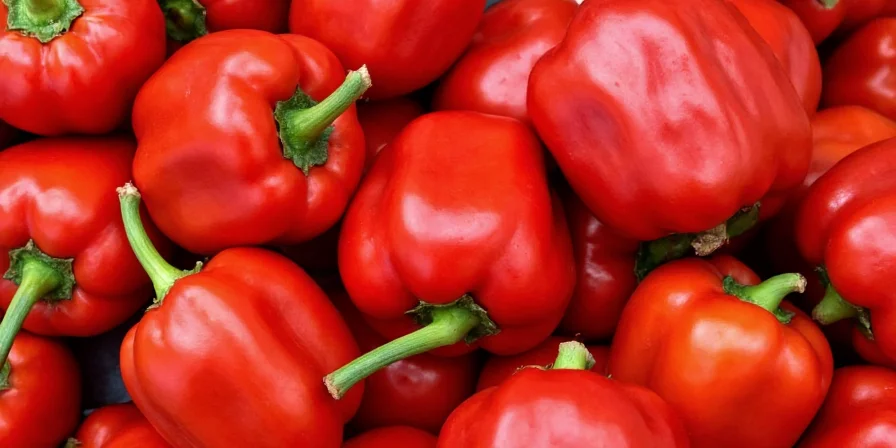

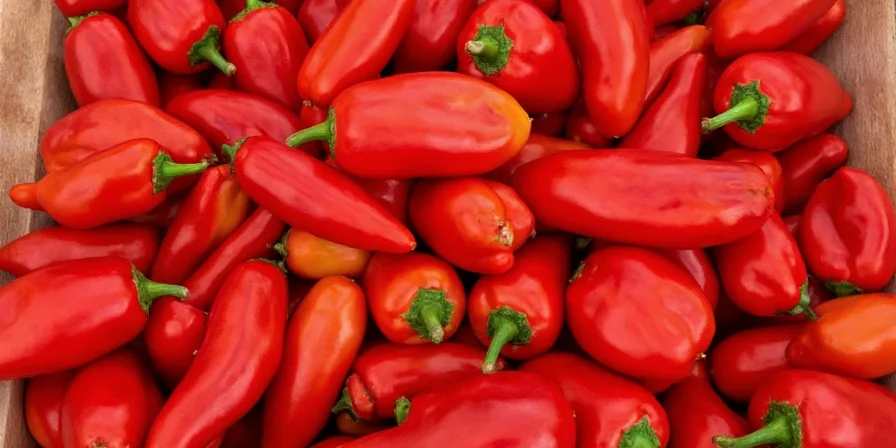









 浙公网安备
33010002000092号
浙公网安备
33010002000092号 浙B2-20120091-4
浙B2-20120091-4